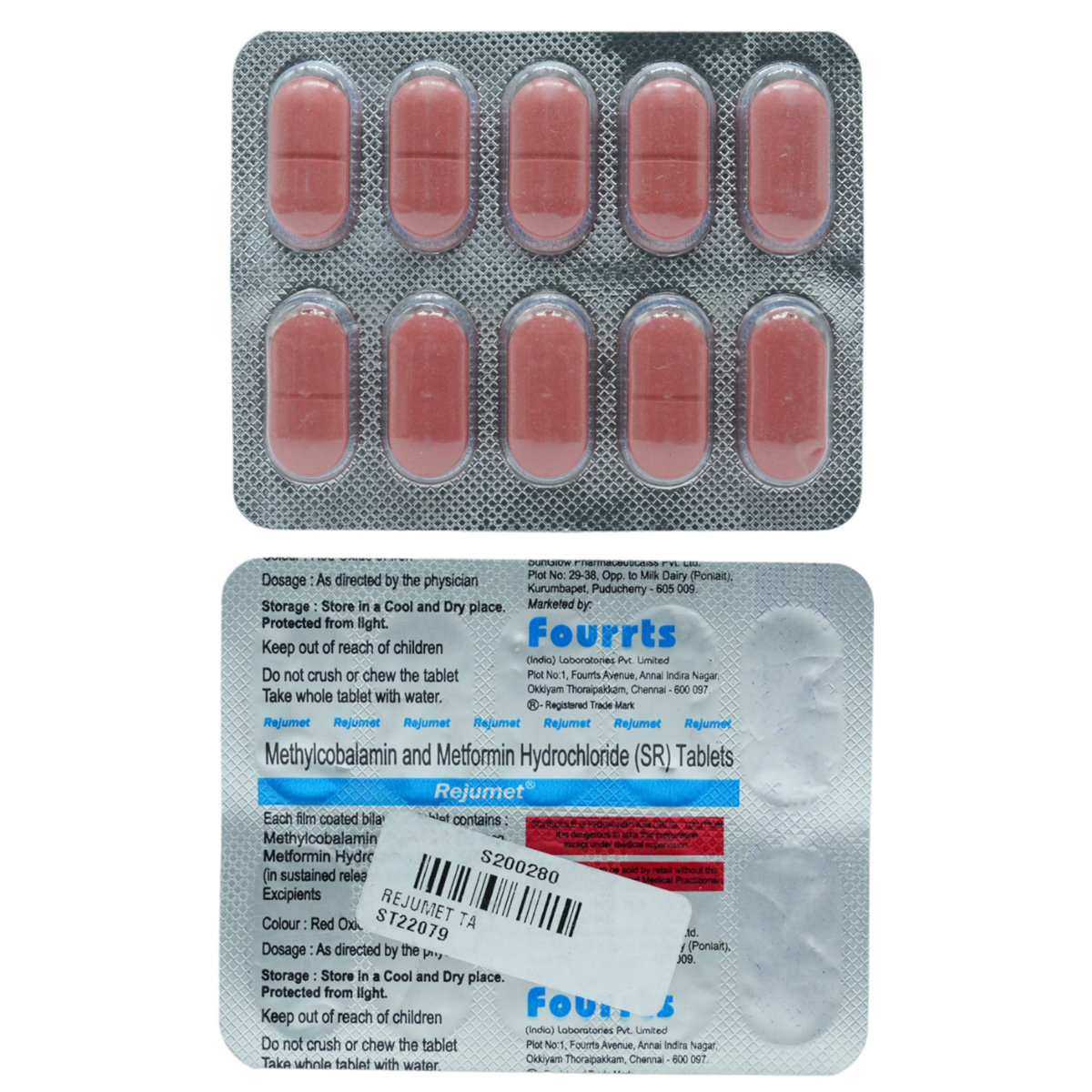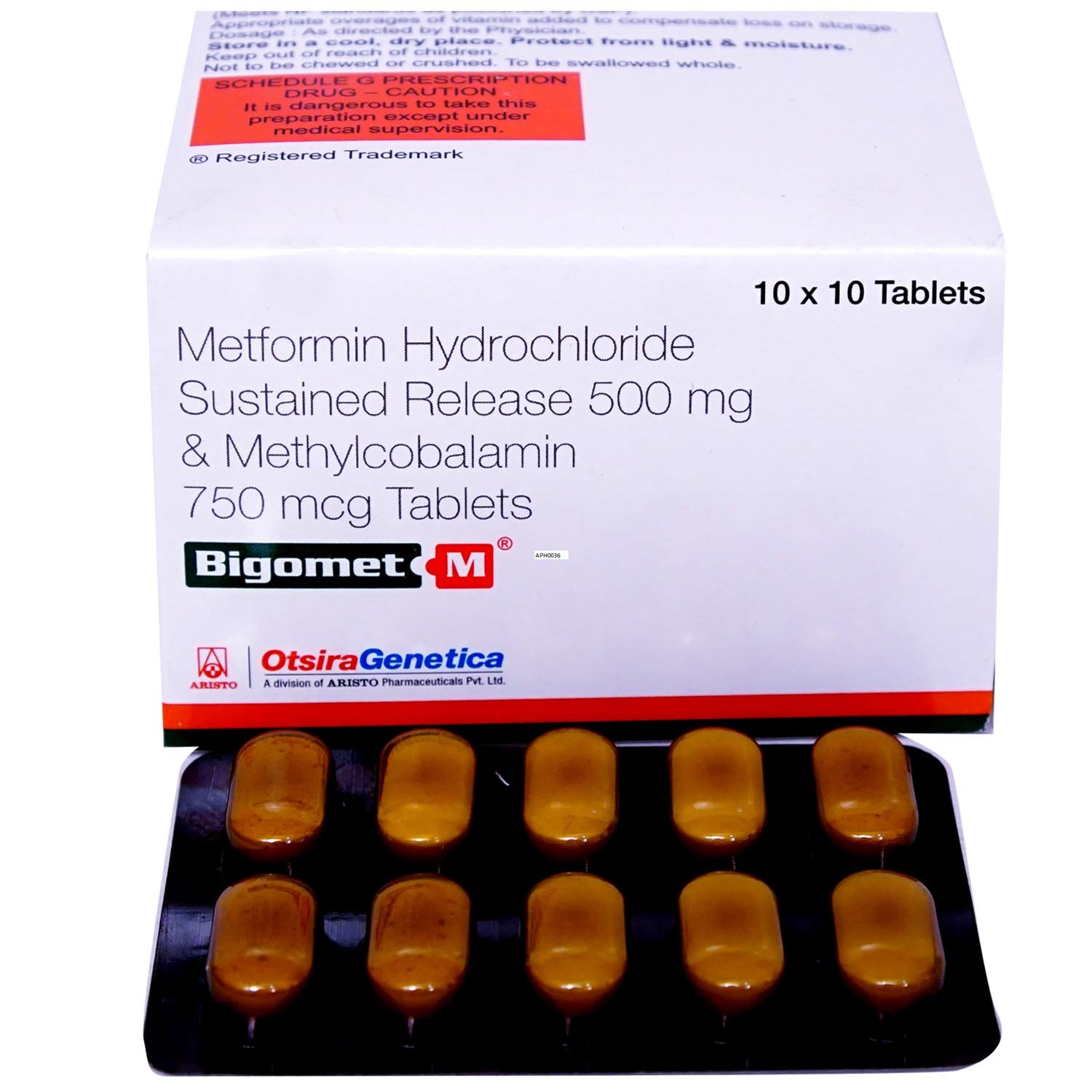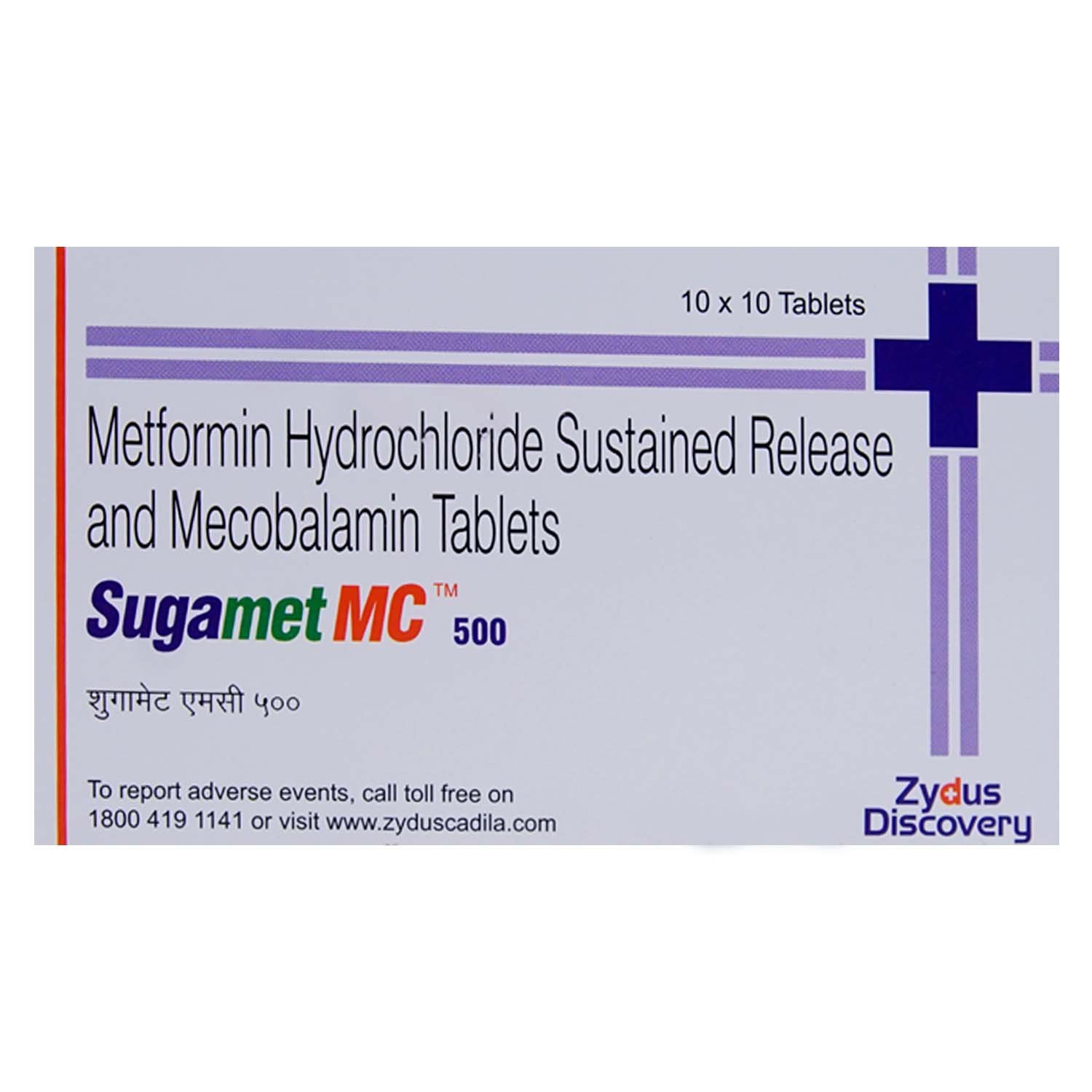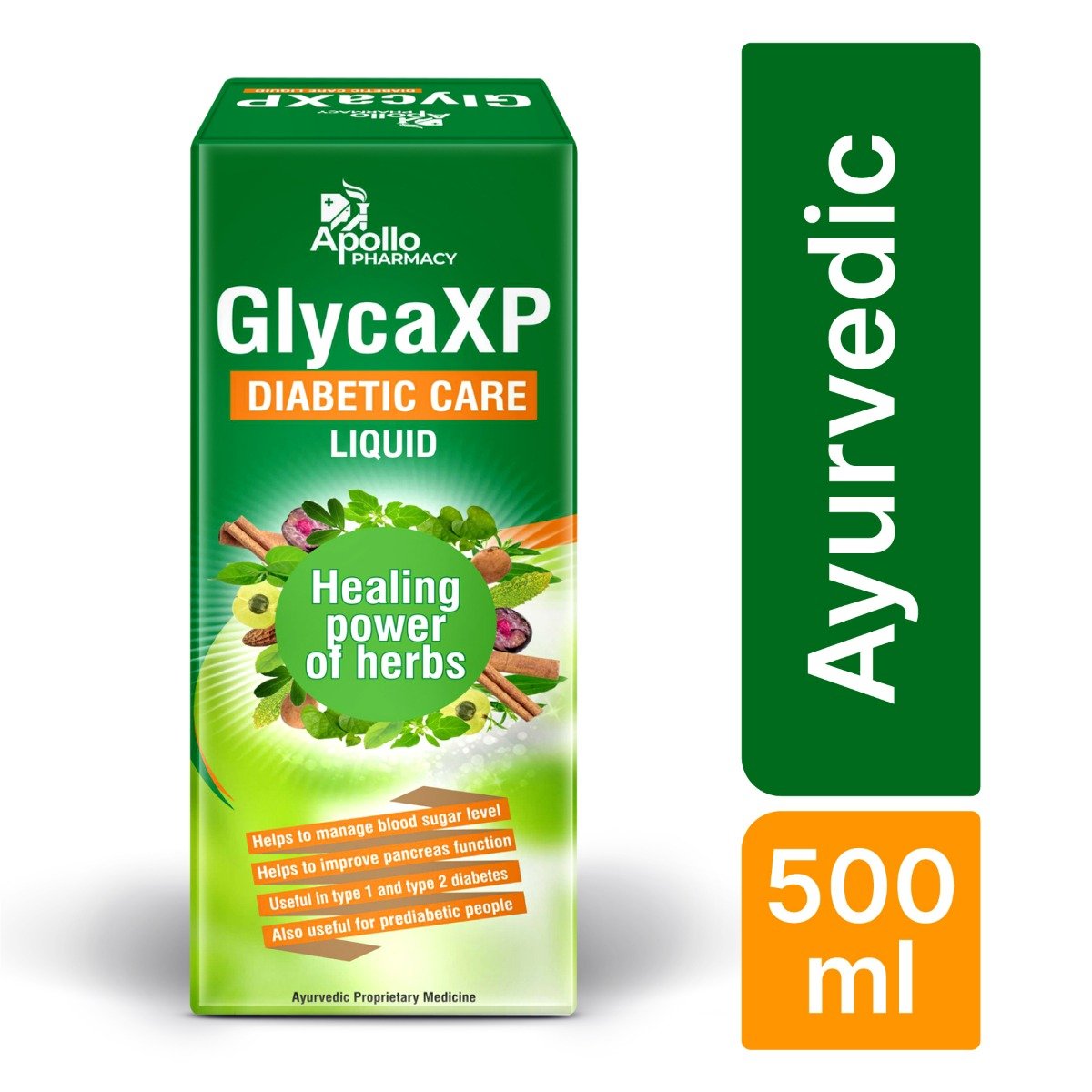Formin Plus 500 Tablet
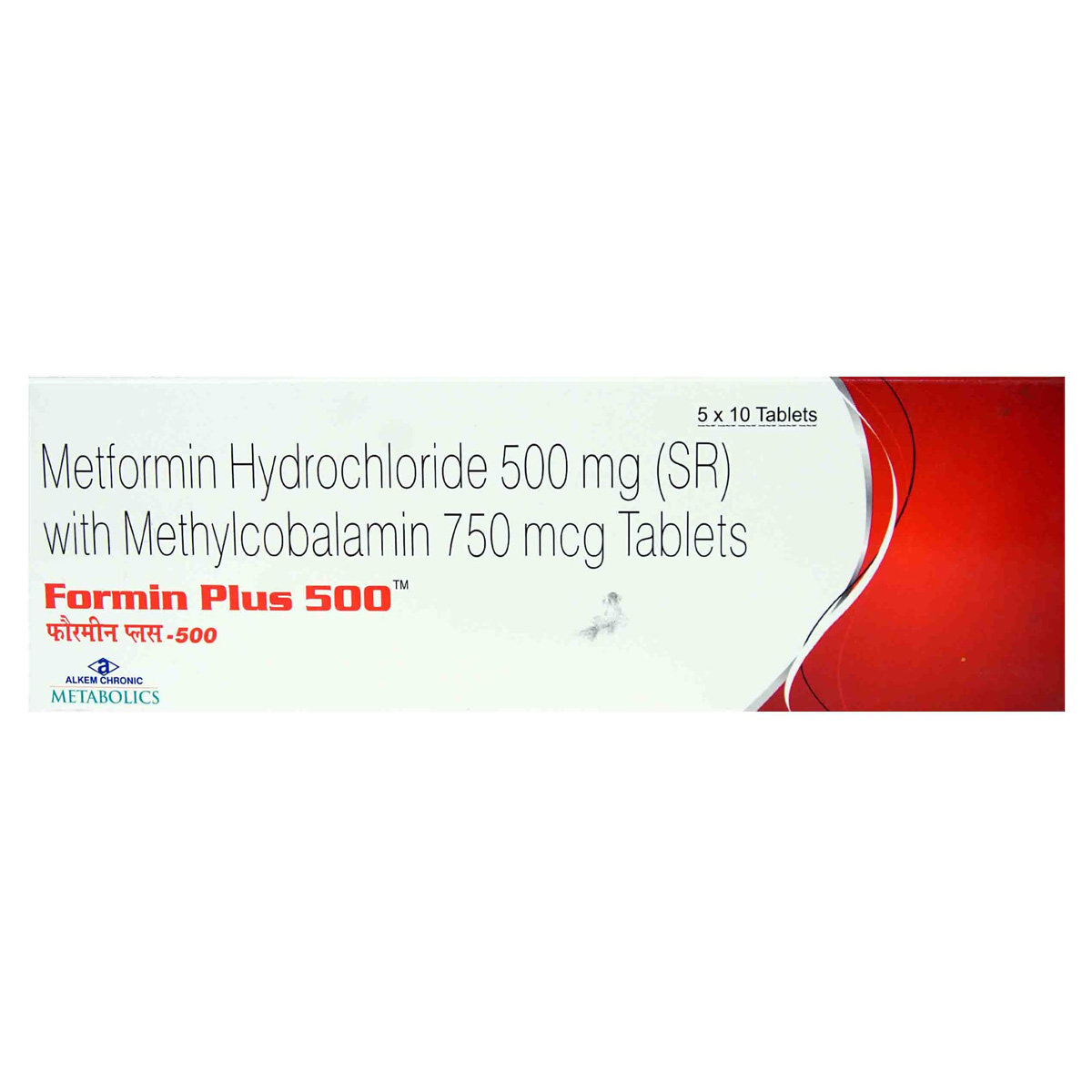





MRP ₹104
(Inclusive of all Taxes)
₹15.6 Cashback (15%)
know your delivery time
Provide Delivery Location
Composition :
Manufacturer/Marketer :
Consume Type :
Expires on or after :
Return Policy :

Secure Payment

Trusted by 8 Crore Indians

Genuine Products
Therapeutic Class
Country of origin
Manufacturer/Marketer address
Disclaimer
Alcohol
Safe if prescribed
Alcohol may increase the risk of side-effects and worsen the condition.
Pregnancy
Consult your doctor
Formin Plus 500 Tablet is a category B drug. It should be used in pregnant women only if clinically needed.
Breast Feeding
Consult your doctor
Formin Plus 500 Tablet should not be used in breastfeeding mothers as it may get secreted in the breast milk and cause unwanted effects in the nursing babies.
Driving
Safe if prescribed
Formin Plus 500 Tablet does not affect your ability to drive.
Liver
Consult your doctor
Formin Plus 500 Tablet should be taken with caution especially if you have a history of liver diseases. The dose may have to be adjusted by your doctor.
Kidney
Consult your doctor
Formin Plus 500 Tablet should be taken with caution in patients with kidney diseases. The dose may have to be adjusted by your doctor.
Children
Safe if prescribed
Formin Plus 500 Tablet can be used in children above 10 years of age if clinically required.
Product Substitutes
About Formin Plus 500 Tablet
Formin Plus 500 Tablet belongs to the group of medications called ‘anti-diabetic’ used in the treatment of Type 2 diabetes mellitus. Type 2 diabetes mellitus is a chronic or life-long condition in which blood sugar or glucose levels rise more than normal. It occurs when the body does not produce enough insulin (metabolizes glucose), or if produced, it cannot function properly in the body.
Formin Plus 500 Tablet is a combination of two medicines, namely: Metformin and Methylcobalamin. Metformin acts by decreasing liver glucose production and intestinal glucose uptake. It may deplete vitamin B12 levels. So, it is taken with methylcobalamin that can treat vitamin B12 deficiency. Thus, Formin Plus 500 Tablet does not cause a sudden lowering of the blood glucose level or significant hypoglycemia.
You should take this medicine as prescribed by your doctor. You may experience side-effects of such as changes in taste, nausea (feeling sick), vomiting (falling sick), diarrhoea, headache, anorexia (loss of appetite), and sweating. Inform your doctor if any of these side-effects persist or worsen.
Do not take Formin Plus 500 Tablet if you are allergic to any of its contents. Before taking Formin Plus 500 Tablet , inform your doctor if you have liver problems, severe kidney failure, uncontrolled diabetes, dehydration due to severe diarrhoea or vomiting, severe infections, acute heart failure or heart attack, and alcoholism. Also, inform your doctor if you are pregnant, planning to become pregnant, or breastfeeding.
Uses of Formin Plus 500 Tablet
Medicinal Benefits Mweb
Key Benefits
Formin Plus 500 Tablet is a combination of two medicines, namely: Metformin and Methylcobalamin. Metformin acts by decreasing liver glucose production and intestinal glucose uptake. Methylcobalamin reduces vitamin B12 deficiency. Formin Plus 500 Tablet does not cause significant hypoglycemia (sudden lowering of the blood glucose level). It is usually preferred in obese patients with diabetes as it may cause weight loss and lowers the complications of diabetes.
Directions for Use
Side Effects of Formin Plus 500 Tablet
- Change in taste
- Nausea (feeling sick)
- Vomiting (being sick)
- Diarrhoea
- Hot sensation
- Headache
- Anorexia (loss of appetite)
- Sweating
Drug Warnings
Formin Plus 500 Tablet may cause a rare and serious side-effect ‘lactic acidosis’ (buildup of lactic acid in the blood), characterized by abdominal pain, muscle cramps, vomiting, severe fatigue, and difficulty breathing. It is a life-threatening condition that requires immediate medical attention. Inform your doctor if you have any severe liver or kidney problems as their normal functioning is required to eliminate excess lactic acid from the body. Do not consume excess alcohol as it increases the risk of lactic acidosis. It should be used with caution in patients with heart diseases as it increases the risk of heart failure. If you have dehydration (severe loss of body fluids) due to severe vomiting, diarrhoea, exposure to heat, or fever, stop taking Formin Plus 500 Tablet and immediately seek medical attention. Formin Plus 500 Tablet may cause electrolyte imbalance, so taking this medicine during dehydration can worsen the condition.
Drug-Drug Interactions
Drug-Drug Interactions
Login/Sign Up
Co-administration of Formin Plus 500 Tablet and Iodamide can increase the risk of lactic acidosis (when the body produces too much lactic acid).
How to manage the interaction:
Taking Formin Plus 500 Tablet with Iodamide is generally avoided as it can result in an interaction, please consult your doctor before taking it.
Co-administration of Formin Plus 500 Tablet and Iobenzamic acid can increase the risk of lactic acidosis (when the body produces too much lactic acid).
How to manage the interaction:
Taking Formin Plus 500 Tablet with Iobenzamic acid is generally avoided as it can result in an interaction, please consult your doctor before taking it.
Co-administration of Formin Plus 500 Tablet with Metrizamide together can cause the risk of lactic acidosis (when the body produces too much lactic acid ).
How to manage the interaction:
Taking Formin Plus 500 Tablet with Metrizamide is generally avoided as it can possibly result in an interaction, it can be taken if a doctor has advised it. However, if you experience headaches, muscle cramps or pain, contact a doctor immediately. Do not discontinue any medications without consulting a doctor.
Co-administration of Iopydol with Formin Plus 500 Tablet can increase the risk of side effects.
How to manage the interaction:
Taking Formin Plus 500 Tablet with Iopydol is not recommended, please consult your doctor before taking it.
Co-administration of Formin Plus 500 Tablet and Iocarmic acid can increase the risk of lactic acidosis (when the body produces too much lactic acid).
How to manage the interaction:
Taking Formin Plus 500 Tablet with Iocarmic acid is generally avoided as it can result in an interaction. please consult your doctor before taking it.
Co-administration of Iodixanol with Formin Plus 500 Tablet can increase the risk of side effects.
How to manage the interaction:
Taking Formin Plus 500 Tablet with Iodixanol is not recommended, please consult a doctor before taking it. Do not discontinue the medications without consulting a doctor.
Co-administration of Formin Plus 500 Tablet and Iobitridol can increase the risk of lactic acidosis (when the body produces too much lactic acid).
How to manage the interaction:
Taking Formin Plus 500 Tablet with Iobitridol is generally avoided as it can result in an interaction. Please consult your doctor before taking it.
Co-administration of Ioversol with Formin Plus 500 Tablet can increase the risk of side effects.
How to manage the interaction:
Taking Formin Plus 500 Tablet with Ioversol is not recommended, please consult your doctor before taking it.
Co-administration of Iopamidol with Formin Plus 500 Tablet can increase the risk of side effects.
How to manage the interaction:
Taking Formin Plus 500 Tablet with Iopamidol is not recommended, please consult a doctor before taking it. Do not discontinue the medications without consulting a doctor.
Co-administration of Iotroxic acid with Formin Plus 500 Tablet can increase the risk of side effects.
How to manage the interaction:
Taking Formin Plus 500 Tablet with Iotroxic acid is not recommended, please consult your doctor before taking it.
Drug-Food Interactions
Drug-Food Interactions
Login/Sign Up
Drug-Diseases Interactions
Drug-Diseases Interactions
Login/Sign Up
Drug-Drug Interactions Checker List
- IBUPROFEN
- CELECOXIB
- CIMETIDINE
- OMEPRAZOLE
- SALBUTAMOL
- DOLUTEGRAVIR
- TOPIRAMATE
- LAMOTRIGINE
- NEOMYCIN
- VERAPAMIL
- RIFAMPICIN
- TRIMETHOPRIM
- RANOLAZINE
- VANDETANIB
- ISAVUCONAZOLE
Habit Forming
Special Advise
Beware of hypoglycemia (low blood sugar level) symptoms include sweating, dizziness, palpitations, shivering, intense thirst, dry mouth, dry skin, frequent urination, etc. Whenever you experience these symptoms, try to eat 5-6 candies or 3 glucose biscuits or 3 teaspoons of honey/sugar and get in touch with your doctor. Make sure you carry these with you at all times, especially for long travels.
Diet & Lifestyle Advise
- Fill your half plate with starchy veggies, a quarter with proteins, and a quarter with whole grain.
- Eat at regular intervals. Do not take the long gap between a meal or snack.
- Monitor your blood sugar level regularly, especially when there are a lot of fluctuations.
- Invest at least 150 min of moderate-intensity physical activity and 15 minutes of high-intensity exercise every week.
- Lose weight gradually to achieve a healthy body mass index (18.5 to 24.9).
- Replace refined carbohydrates containing whole-grain foods and increase intake of fruits and veggies and other fibre-enriched foods.
- Reduce intake of saturated fat (or hidden fats) in food like chips, crisps, pastries, biscuits, and samosas. Choose omega 3 fatty acid-containing oils for daily cooking. You may use palm oil, mustard oil, groundnut oil, rice bran oil, and safflower oil for frying.
- Do not take stress as it may elevate your blood sugar level. You may adopt stress management techniques like mindfulness, yoga, or meditation to control stress-related blood sugar changes.
- Opt for low-fat dairy products (low-fat yoghurt, fat-free milk, and cheese, etc.).
- Keep your blood pressure as normal (120/80) as possible as it reduces the risk of cardiovascular diseases in diabetes patients.
All Substitutes & Brand Comparisons
RX
Out of StockMetnurite 500mg/750mcg Tablet SR
Centaur Pharmaceuticals Pvt Ltd
₹51.69
(₹4.65 per unit)
50% CHEAPERRX
Out of StockCureformin MC 500mg/750mcg Tablet SR
Curega Healthcare Pvt Ltd
₹70
(₹6.3 per unit)
32% CHEAPERRX
Rejumet Tablet 10's
Fourrts India Laboratories Pvt Ltd
₹75.5
(₹6.64 per unit)
29% CHEAPER

Have a query?
Buy best Diabetics products by
Torrent Pharmaceuticals Ltd
Sun Pharmaceutical Industries Ltd
Eris Life Sciences Ltd
Intas Pharmaceuticals Ltd
Lupin Ltd
Micro Labs Ltd
Mankind Pharma Pvt Ltd
Lloyd Healthcare Pvt Ltd
Alkem Laboratories Ltd
Abbott India Ltd
Glenmark Pharmaceuticals Ltd
Cipla Ltd
Macleods Pharmaceuticals Ltd
Wockhardt Ltd
Dr Reddy's Laboratories Ltd
Primus Remedies Pvt Ltd
USV Pvt Ltd
Aristo Pharmaceuticals Pvt Ltd
Emcure Pharmaceuticals Ltd
Alembic Pharmaceuticals Ltd
Ipca Laboratories Ltd
La Renon Healthcare Pvt Ltd
Ajanta Pharma Ltd
Medley Pharmaceuticals Ltd
East West Pharma India Pvt Ltd
Elbrit Life Sciences Pvt Ltd
Corona Remedies Pvt Ltd
Hbc Life Sciences Pvt Ltd
Sinsan Pharmaceuticals Pvt Ltd
Ranmarc Labs
Mitoch Pharma Pvt Ltd
Zydus Healthcare Ltd
Sanofi India Ltd
Akumentis Healthcare Ltd
Fusion Health Care Pvt Ltd
Unison Pharmaceuticals Pvt Ltd
Jubilant Lifesciences Ltd
Novo Nordisk India Pvt Ltd
Tas Med India Pvt Ltd
Blue Cross Laboratories Pvt Ltd
Msn Laboratories Pvt Ltd
Eswar Therapeutics Pvt Ltd
Indoco Remedies Ltd
Q Check Pharmaceuticals
Alteus Biogenics Pvt Ltd
Anthem Bio Pharma
Franco Indian Pharmaceuticals Pvt Ltd
Systopic Laboratories Pvt Ltd
Panacea Biotec Ltd
Zydus Cadila
Biocon Ltd
Edoc Life Sciences Pvt Ltd
Koye Pharmaceuticals Pvt Ltd
Arkas Pharma Pvt Ltd
Diacardus Pharmacy Pvt Ltd
Elinor Pharmaceuticals (P) Ltd
Remedy Life Sciences Pvt Ltd
Saan Labs
Talent India Pvt Ltd
Jarun Pharmaceuticals Pvt Ltd
Capital Pharma
Shrrishti Health Care Products Pvt Ltd
FDC Ltd
Leeford Healthcare Ltd
Nirvana India Pvt Ltd
Elder Pharmaceuticals Ltd
Eli Lilly and Company (India) Pvt Ltd
Glynis Pharmaceuticals Pvt Ltd
Zuventus Healthcare Ltd
Arrient Healthcare Pvt Ltd
Cadomed Pharmaceuticals India Pvt Ltd
Orris Pharmaceuticals
Akesiss Pharma Pvt Ltd
Bal Pharma Ltd
Biochem Pharmaceutical Industries Ltd
Knoll Healthcare Pvt Ltd
Lippon Pharma Pvt Ltd
Morepen Laboratories Ltd
Neucure Lifesciences Pvt Ltd
Opsis Care Lifesciences Pvt Ltd
Wallace Pharmaceuticals Pvt Ltd
Acmedix Pharma Llp
Converge Biotech Pvt Ltd
Erinyle Pharma
Indiabulls Pharmaceuticals Pvt Ltd
Ozone Pharmaceuticals Ltd
Retra Life Science Pvt Ltd
Alvio Pharmaceuticals Pvt Ltd
Geneaid Pharmaceuticals
Heal (India) Laboratories Pvt Ltd
Olcare Laboratories Pvt Ltd
Vasu Organics Pvt Ltd
Kotak Life Sciences
Lakshya Life Sciences Pvt Ltd
Proqol Health Care Pvt Ltd
Sanz Pharmaceuticals
Daylon healthcare pvt Ltd
Mcronus Lifescience Pvt Ltd
Natco Pharma Ltd
Orsim Pharma
Customers Also Bought
Recommended for a 30-day course: 3 Strips


